Captain John Smith Chesapeake National Historic Trail
People first arrived in the Chesapeake Bay during the last ice age. As glaciers melted, diverse societies learned to thrive in a world of water. When Englishman Captain John Smith explored the Bay in 1608, he documented hundreds of American Indian communities. Today, sites on his map are archeological treasures and sacred sites for tribal citizens. Come join us on the shores of the Chesapeake Bay!
The water trail is 3,000 miles long and there are countless places to explore it. The trail's headquarters and main visitor center is at Colonial National Historical Park - Historic Jamestowne. For an internet map search or GPS, use the following: Historic Jamestowne Visitor Center, 1368 Colonial Parkway, Jamestown, Virginia 23081.
- Arts and Culture
- Craft Demonstrations
- Cultural Demonstrations
- Boating
- Boat Tour
- Camping
- Compass and GPS
- Geocaching
- Fishing
- Guided Tours
- Hands-On
- Arts and Crafts
- Living History
- Paddling
- Canoeing
- Kayaking
- Stand Up Paddleboarding
- Junior Ranger Program
- Tubing
- River Tubing
- Swimming
- Wildlife Watching
- Birdwatching
- Museum Exhibits
- Archeology
- Arts
- Colonization and Settlement
- Commerce
- Trade
- Dams
- Explorers and Expeditions
- Farming and Agriculture
- Maritime
- Native American Heritage
- Religion and Spirituality
- Science, Technology and Innovation
- Wars and Conflicts
- Colonial/European Contact Conflicts
- Animals
- Birds
- Fish
- Climate Change
- Coasts, Islands and Atolls
- Estuaries and Mangroves
- Forests and Woodlands
- Deciduous Forests
- Geology
- River and Riparian
- Scenic Views
- Trails
- Water Trails
- Watersheds
- Headwaters
- Waterfalls
- Wetlands
- Marshes
- Swamps
Heron at sunset at Blackwater NWR
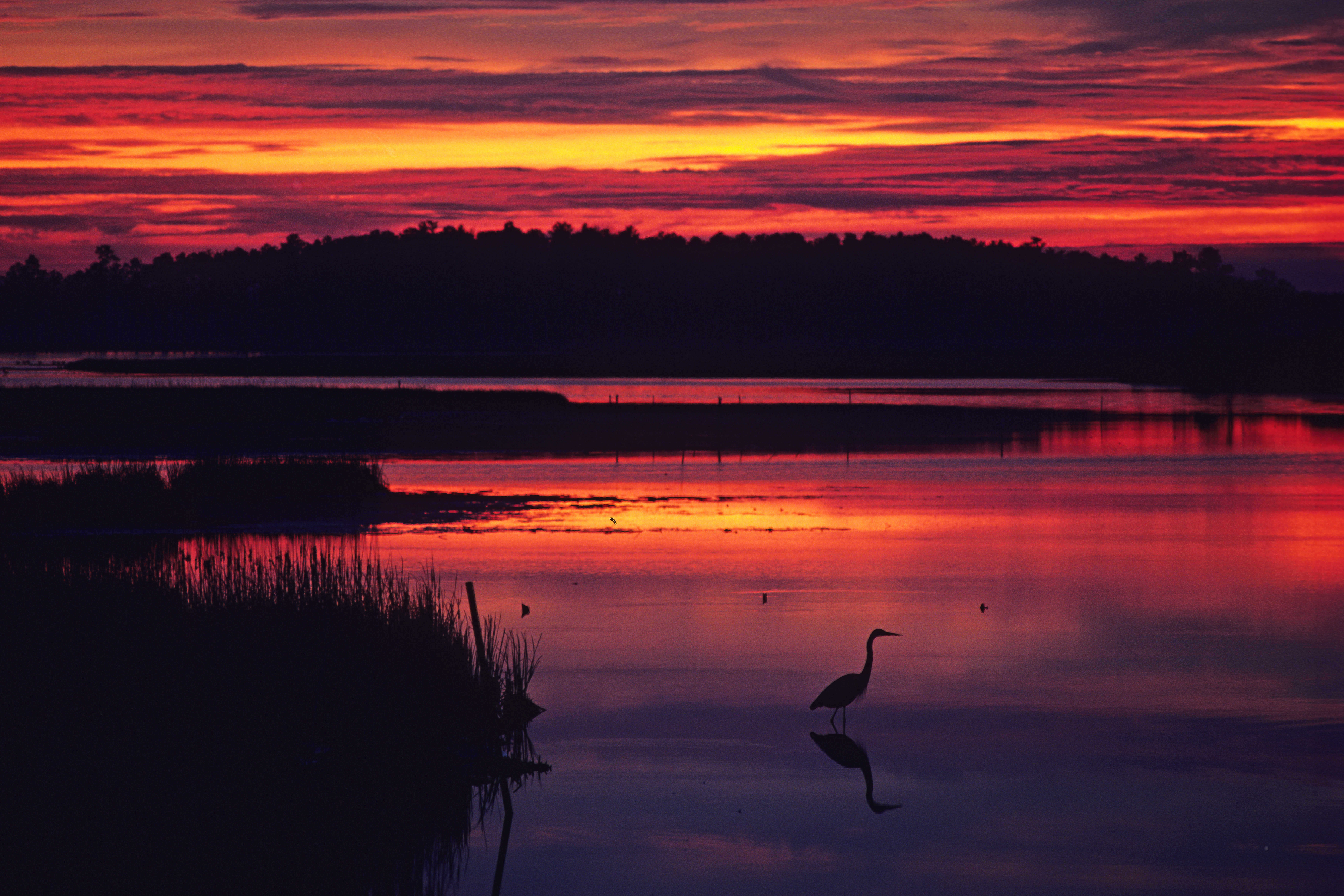
Many people visit Blackwater National Wildlife Refuge to spot birds, like this heron, that rely the natural resources of the landscape.
Living History at Jamestown Settlement
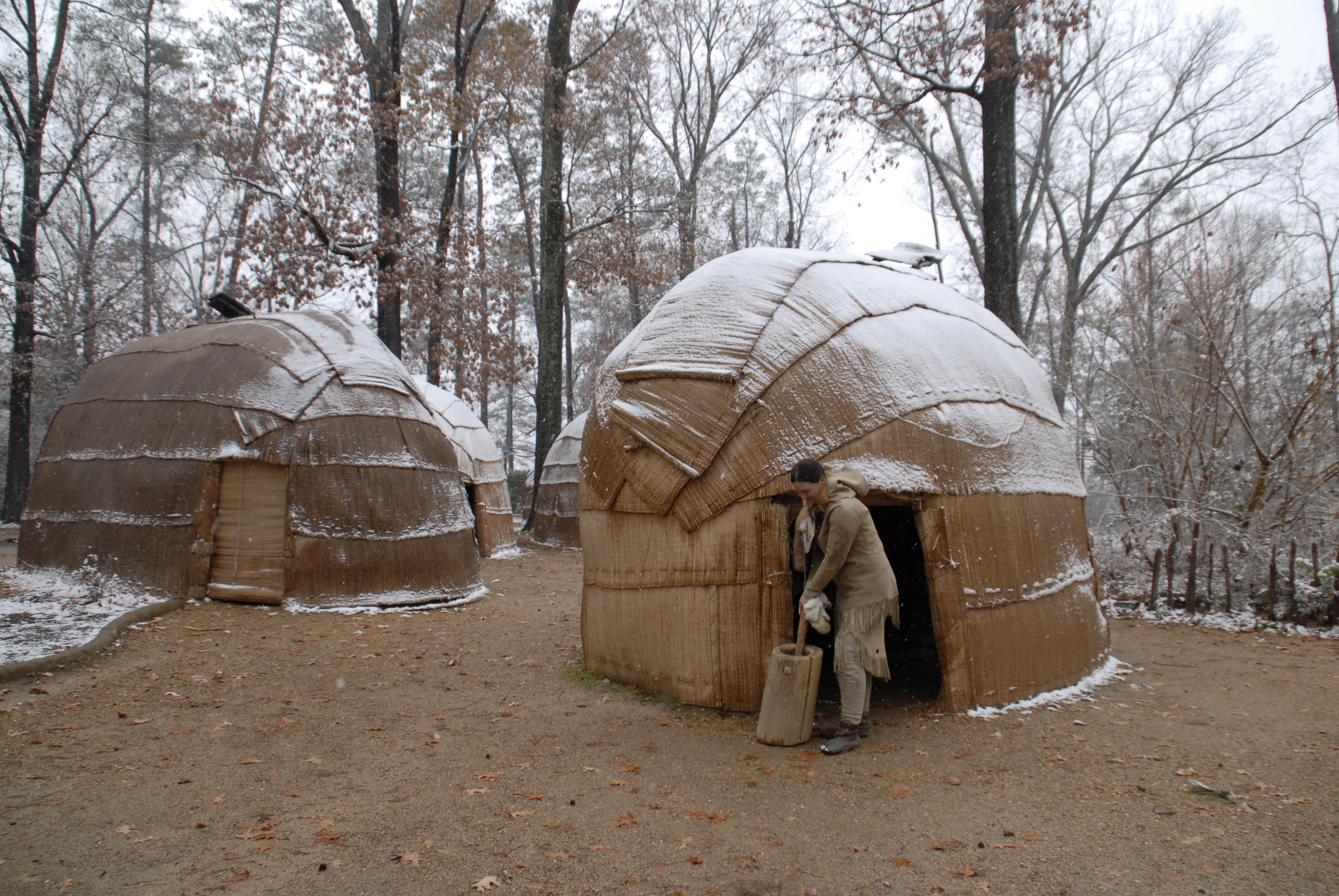
At Jamestown Settlement, trail visitors can view yihakan, the houses seen pictured here, which are constructed from saplings and reed mats.
Cypress Trees Chickahominy River
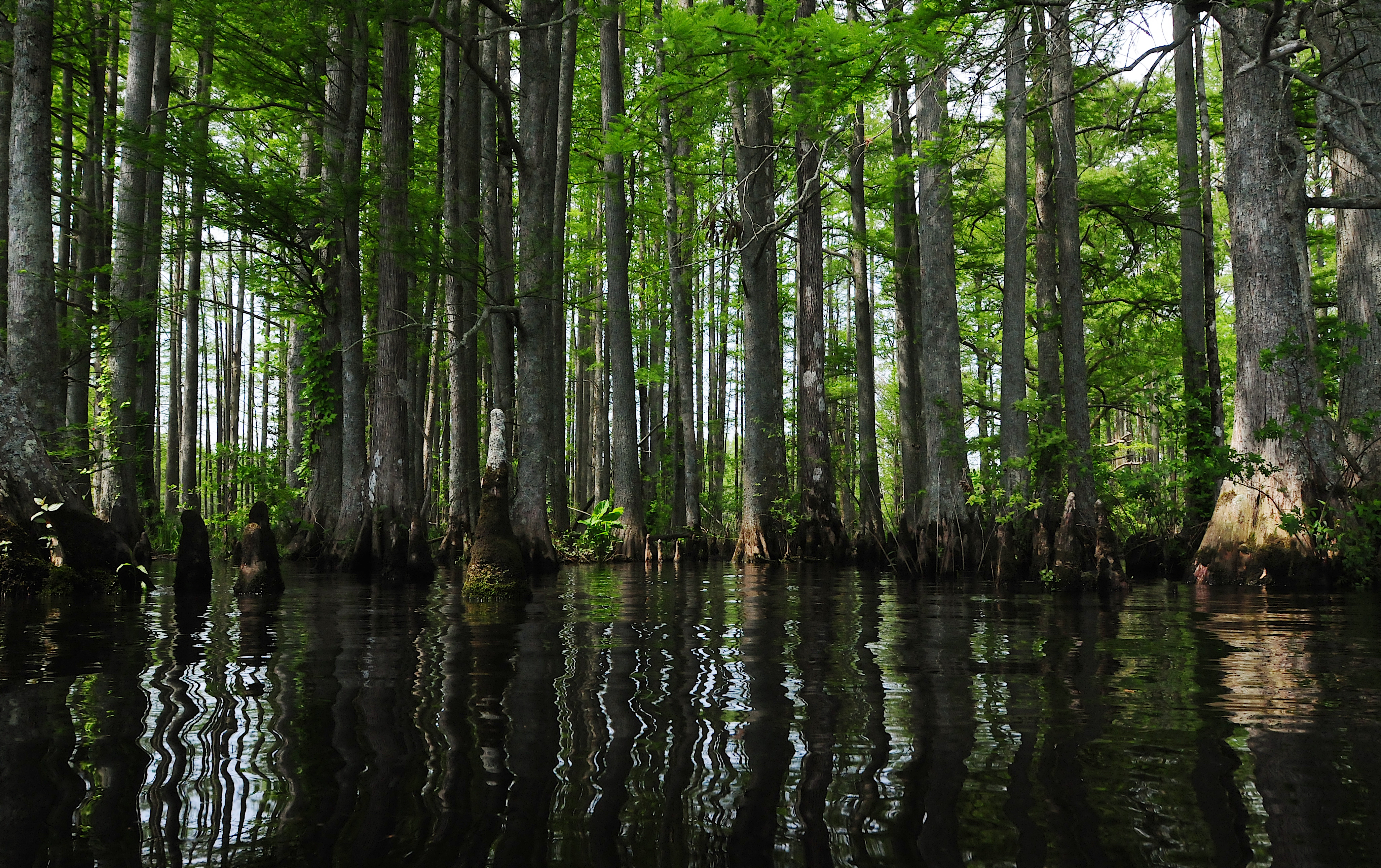
Some scenes - like this one of cypress trees in the Chickahominy River - look similar to what Captain John Smith would have seen 400 years ago.
Kayaker at Jug Bay
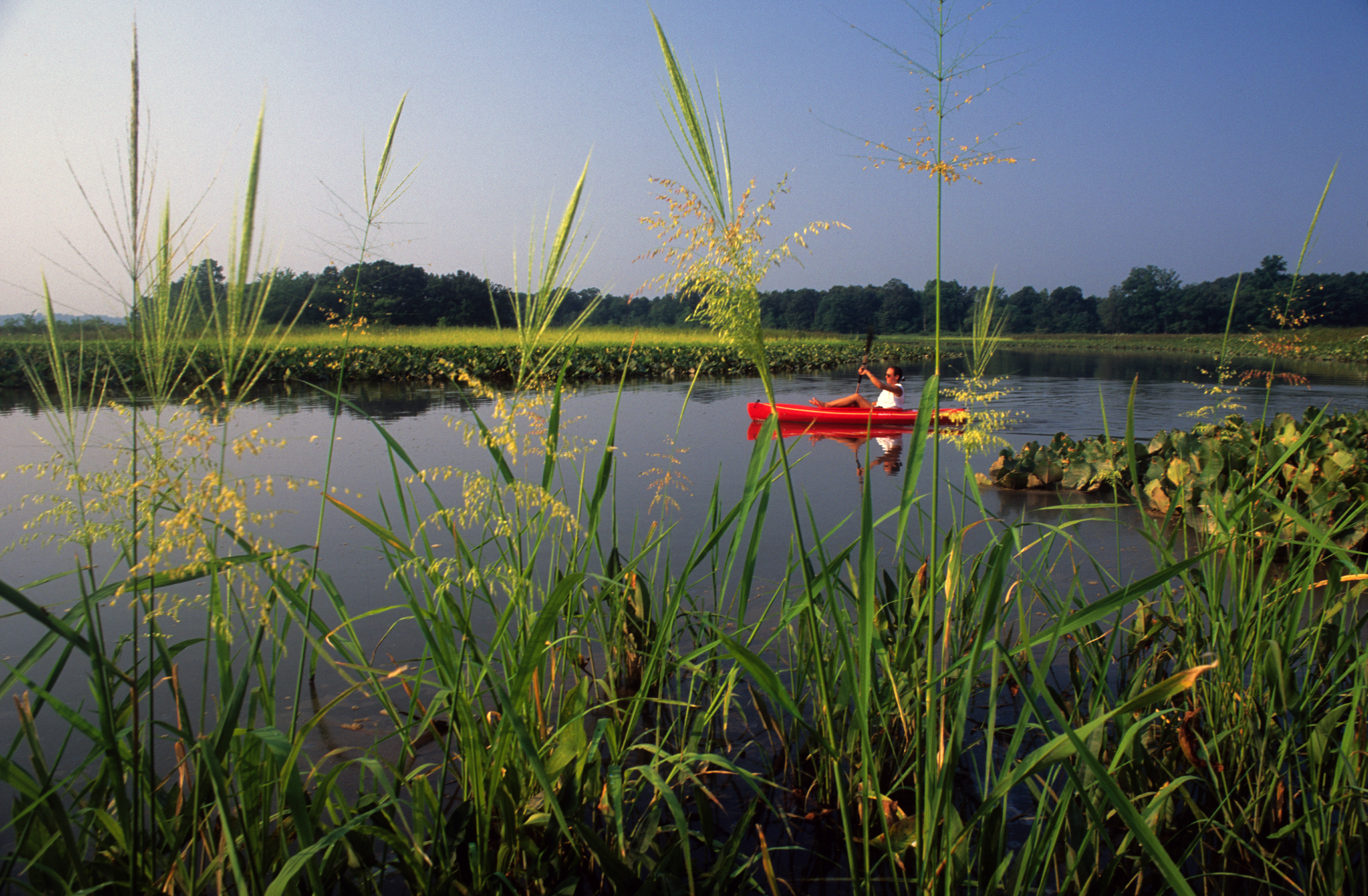
The upper reaches of the Patuxent River at Jug Bay give visitors a view of the Chesapeake region that feels similar to a time before European settlement.
Susquehanna River view from Zimmerman Center
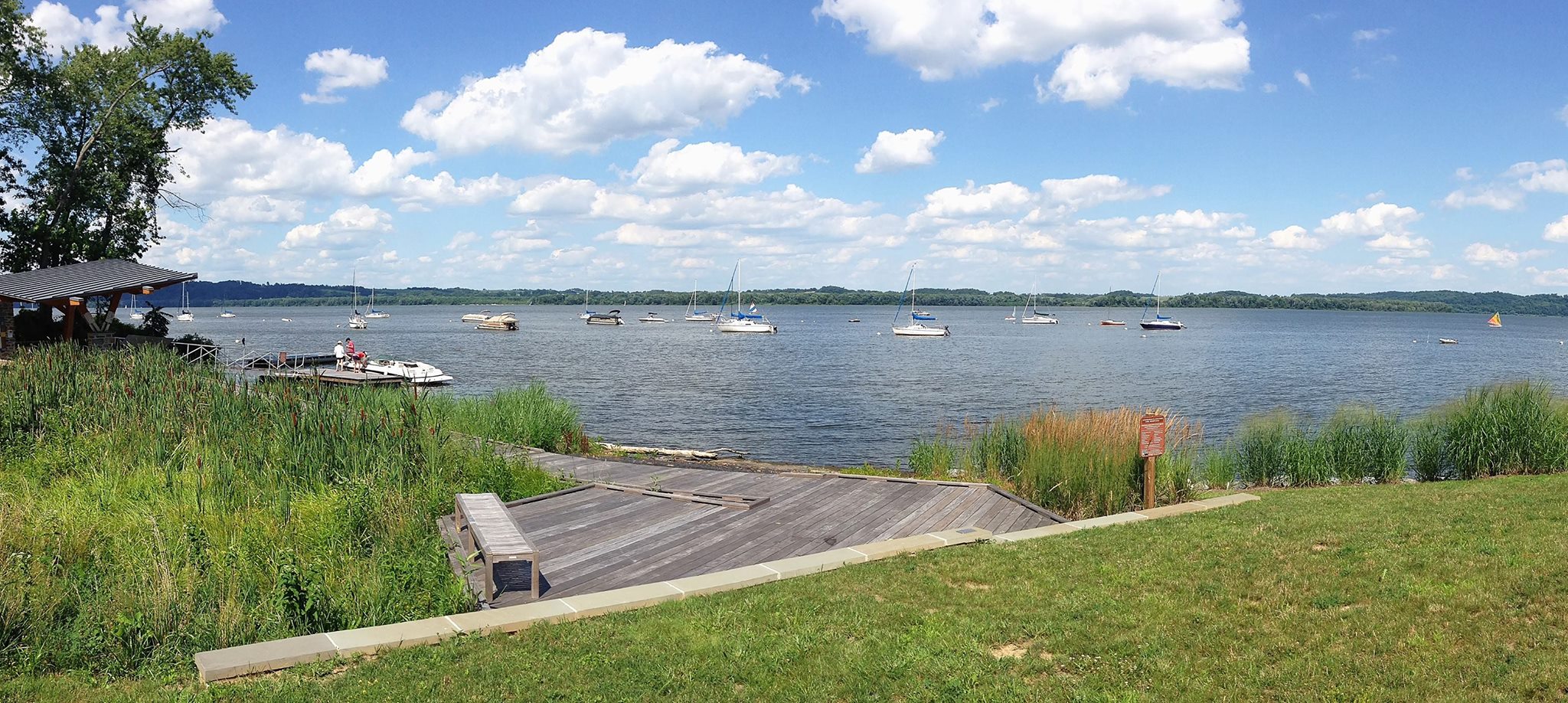
Visitors can use the dock at Zimmerman Center for Heritage to launch canoes and kayaks onto the beautiful Susquehanna River in south central Pennsylvania.